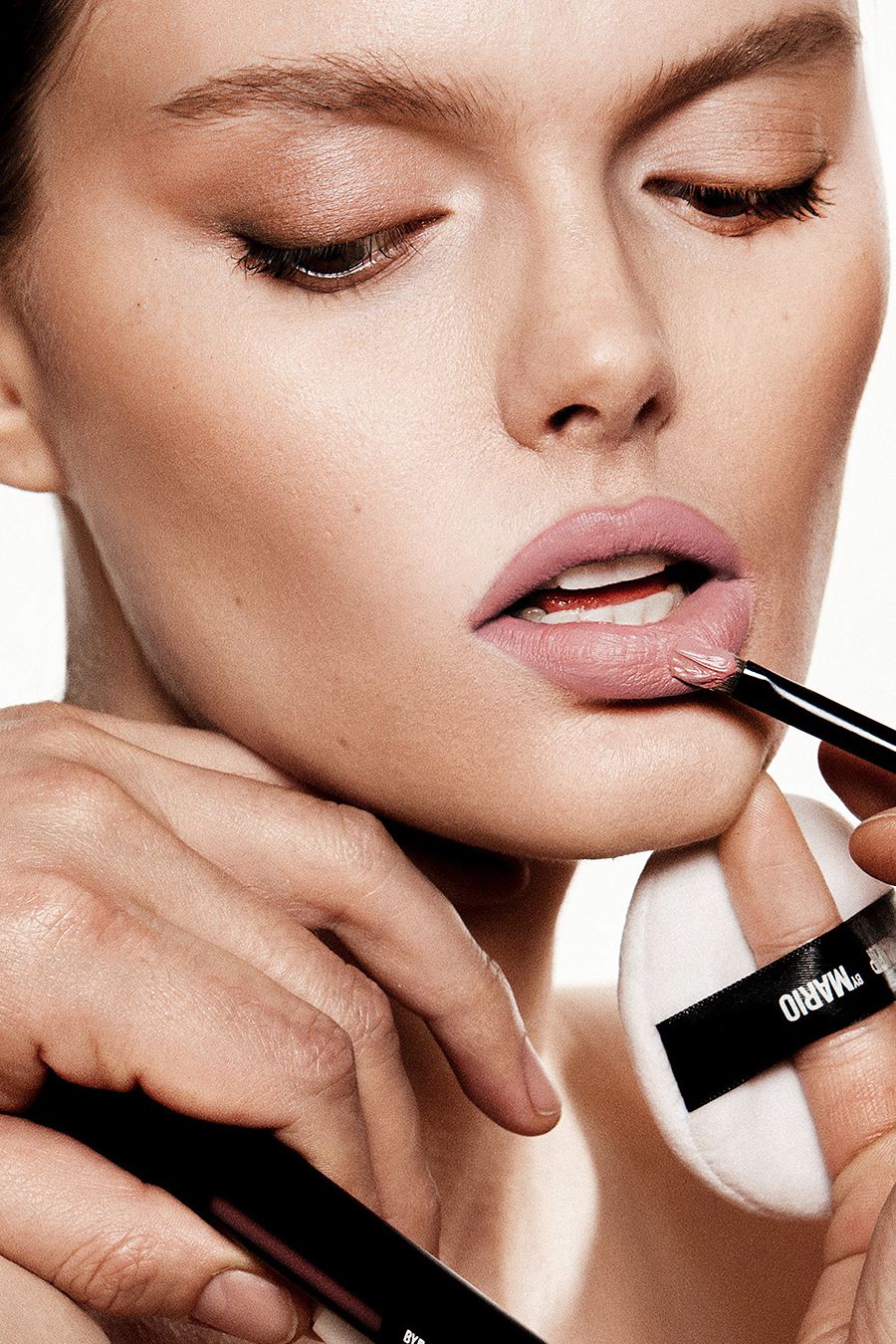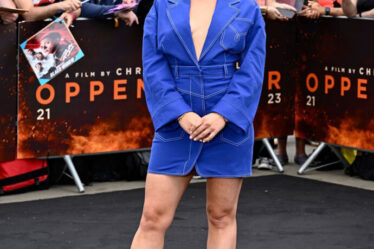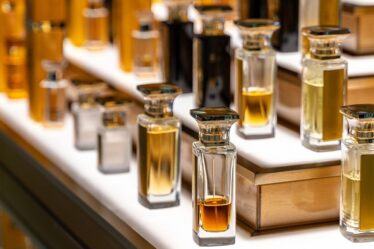
The beauty industry, especially makeup, fell victim to the supersized valuations of its own making. In 2018, eyebrow queen Anastasia Soare’s Anastasia Beverly Hills was valued at $3 billion after TPG Capital’s minority investment. That same year, legendary makeup artist Pat McGrath’s Pat McGrath Labs secured a $1 billion valuation after raising $60 million from Eurazeo Brands. In 2017, makeup artist and YouTuber Huda Kattan’s Huda Beauty got a new minority investor in TSG Consumer Partners and a $1.2 billion valuation.
Of all the frothy beauty valuations around that time, McGrath’s was the frothiest; the line, on track to hit $60 million in retail sales in 2018, was trading at a nearly 17x multiple. None of these brands have seen an exit.
Now the market is trying to course correct, and brands and investors are seeing the upside to attaching more sensible values to companies. The focus on a handful of lines more prudent with their dollars and in their approach has intensified.
Within makeup, a couple of artist-led brands are among the most talked about right now: Mario Dedivanovic’s Makeup by Mario received its first ever funding at a $200 million valuation, and Gucci Westman’s Westman Atelier is reportedly being courted by strategic buyers.
Massive funding and bloated valuations in cosmetics are subsiding, but interest isn’t. Both artist founded-lines have reasonable valuations and capital behind them — and none of the inflated metrics that plagued the previous generation of colour brands.
The definition of “artist” is looser now than it was pre-social media and a mass adoption of YouTube, Instagram and TikTok. Until several years ago, a makeup artist couldn’t start a brand unless they spent decades as a fashion week fixture and held a creative director role at a global beauty conglomerate. This pedigree became less important once social media gave a platform to self-taught and emerging artists who could showcase their talent online. Dedivanovic started out as a Sephora employee turned makeup artist to Kim Kardashian, but his masterclasses and impressive product launches established him as a serious player who could do far more than contour the face of his most famous client.
“[With] Charlotte [Tilbury] and Pat [McGrath] – it was about the show. It was all very editorial, very out of the box. Nobody would ever be able to replicate it. Mario did come from the land of that, but his personal preference is to be very natural,” said Alicia Valencia, global president at Makeup by Mario. Before joining Dedivanovic’s team, Valencia held positions as global general manager at Pat McGrath Labs and general manager at Bobbi Brown.
Makeup by Mario is said to be on track to reach $100 million in net sales in 2023, which makes its $200 million valuation seem quite modest. High valuations make headlines, initially, but they also intensify pressure to sell for an even higher price. Even if Makeup by Mario is acquired for $400 million in 2024, the deal will be seen as a success because it will have sold for twice its valuation. Pat McGrath Labs on the other hand, would need to sell for at least $1 billion, and even then, the optics aren’t great (it never looks good to sell for less than your valuation). Not much has been heard about a potential Huda Beauty acquisition since TSG invested.
Since 2019, makeup trends changed, TikTok emerged as a leading social platform and pandemic skin care mania birthed new post-pandemic cosmetics’ preferences. A profound evolution of the colour sector has allowed Dedivanovic and Westman to thrive. Makeup by Mario debuted in the fall of 2020 and Westman Atelier, although it officially launched in spring 2018, didn’t see wider distribution until a Sephora partnership in 2021.
Throughout, makeup artists have remained the true authorities. Founder point of view, product assortment and approach may vary, but these brands have always mirrored the expertise of the artist and what they wish to impart on regular people.
“This guy is this generation’s Bobbi [Brown],” Valencia said of Dedivanovic.
An executive at a makeup brand, which is not artist led, said that “the artistry angle is almost the only angle worth launching in makeup at this juncture” – and I tend to agree. Hopefully, Makeup by Mario and Westman Atelier have learned from the bloated valuations and failed exits of the artist-led lines before them.
Below, a guide to makeup artist brands
The Pioneers: 90s and Aughts
Bobbi Brown was one of the first makeup artists to launch a major brand in 1991, followed by François Nars in 1994 and “The Laura’s” – Laura Mercier and Laura Geller, who introduced their lines in 1996 and 1997, respectively. With the exception of Nars, these labels hit a rough patch once they were met with increased competition from direct to consumer players, brands born on Instagram and competitors with strong influencer relationships.
*MAC Cosmetics, although not artist-led – it was co-founded in 1984 by Frank Angelo, a hair stylist, and Frank Toskan, a photographer – was the first to champion artistry and the makeup artist community. Widely considered the “original makeup artist brand,” MAC set the stage for the next four decades to come.
The Great Trio: 2013 to 2018
Charlotte Tilbury, Pat McGrath and Gucci Westman are a trio of world-renowned artists who went out on their own. The three have an impressive resume: they’ve all worked with the biggest fashion houses in the world, creating some of the most memorable makeup to walk down runways (that sometimes garnered equal attention to the clothes). Charlotte Tilbury has already become a modern makeup empire; the brand was acquired by Puig during the height of the pandemic in June 2020 for over $1 billion.
The Post-Instagram Players: 2018 to the Present
Westman’s Westman Atelier, which saw slower, more measured growth than its peers, has become a bright spot in a post-pandemic prestige colour category mired in sameness and influencer and celebrity lines. Other favourites include Makeup by Mario and Patrick Ta’s Patrick Ta Beauty, both announced recent investments and enjoy sizable followings online.
The New Guard: 2021 to the Present
A group of smaller brands – Violette Surrat’s Violette_FR, Euphoria makeup artist Donni Davy’s Half Magic and Isamaya Ffrench’s Isamaya – all launched less than two years ago (the latter is the newest). These labels have more of an indie feel, especially Ffrench’s, and don’t yet have mega-retail distribution or huge rounds of funding.


